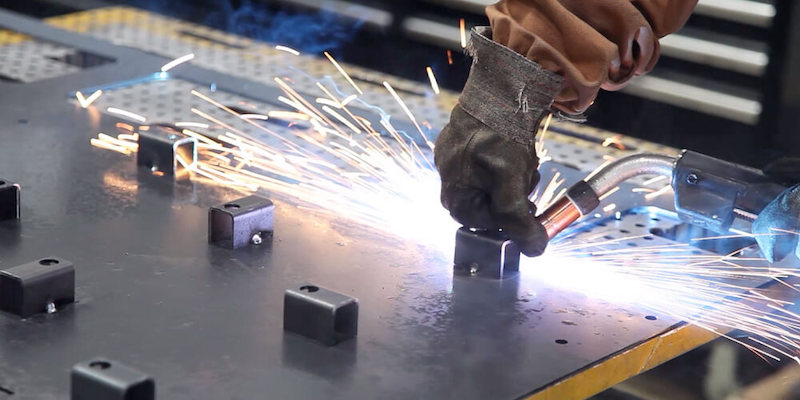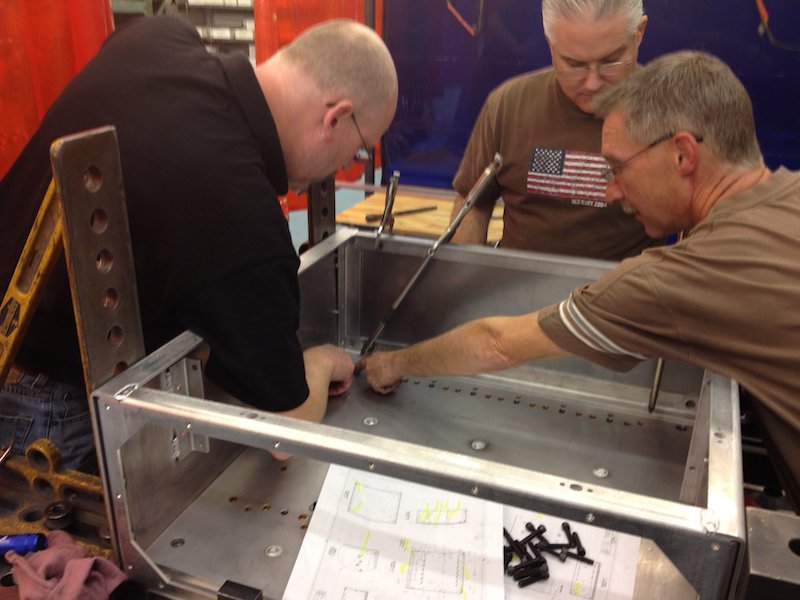Sheet metals are an essential material for rapid prototyping in various industrial applications. You can use sheet metals side by side with plastics and metal alloys. Prototyping with sheet metals can help you gain unique insights about your final product. We will explore the benefits of sheet metal prototyping in the design process. You can learn more about the disadvantages of this sheet metal prototyping process. Also, learn the best practices and mistakes to avoid.
Sheet Metal Prototyping

Pros
• Functionality Testing Before Production
You can test the functionality of the sheet metal prototypes before going to full-scale production. Testing each feature is essential to find potential problems and ensure its functionality. Without the testing phase, you might overlook some issues with the product. It can jeopardize your production plan.
• User Feedback
With sheet metal prototyping, you can gather user feedback before production. The feedback data is essential to help improve your current prototype and make it better. You can add or remove features from the prototype based on the user feedback. Only after that can you release the final product. Also, you can measure the user's satisfaction level and gauge their interest in your product.
• Sheet Metal Prototyping: Design for Manufacture (DFM) Consideration
Manufacturing production always has certain limitations depending on your project requirements. Creating metal sheet prototypes can help you determine the best design for your final product. It is always best to use the DFM principles. You can adjust various aspects of the prototype to conform to the mechanical limitations. You can also handle other potential issues during low volume manufacturing to mass production.
• Product Details. In every product, details are very essential
Building sheet metal prototypes will help you check the product details before production. You can examine every aspect of the product and apply some changes when necessary. You can add or remove geometrical shape details from the prototype easily.
• Sheet Metal Prototyping: Verification Process for the Design
The sheet metal prototyping phase is the best period to verify your product design. You can check, test, and reiterate each design aspect. You can see if the design is viable for your final product. Verifying the functionality of your product design is also necessary during sheet metal prototyping. Without proper design verification, your final product might become a failed product.
• Idea Testing
You can use sheet metal prototypes to test the ideas for your final product. Creating many iterations is possible for the sheet metal prototypes. You can use each iteration to test one big idea about the final product. This way, you can create many versions of the final product before mass production. Pick the best version or create different versions of your final product with different pricing.
• Sheet Metal Prototyping: Prevention of Production Defects
Another benefit of sheet metal prototyping is the prevention of potential production defects. You can document each potential issue with the product by testing the metal sheet prototypes. Also, you can provide the solution for each problem in your documentation. It will improve the prototype quality and prevent you from mass-producing a faulty product.
Cons
• Small Batch Production
You can only perform a small batch production with sheet metal prototyping. However, it won't affect your production plan much since you produce only the prototypes. A small batch production requires more time, effort, and cost to prepare.
• Specialized Equipment
Sheet metal prototyping requires specialized equipment for you to do the job. This specialized equipment requires a higher initial cost for you. Also, it requires an expert technician skill to operate the equipment.
• Expert Staff
Hiring expert staff members is essential to handle your sheet metal prototyping project. It can also translate to a higher ongoing cost of production for your final product. You need these experts to help with various aspects of sheet metal prototyping. It includes testing, designing, documentation, and more. So, you can't consider sheet metal prototyping as a hobbyist project.
• Higher Prototyping Costs
Sheet metal prototyping also requires an overall higher prototyping cost.
• Geometrical Restrictions in Sheet Metal Prototyping
Sheet metal prototyping also has geometrical and mechanical restrictions that you must adhere to. Sometimes, it won't work well for complicated prototypes.
Designing Sheet Metal Prototyping - Best Practices
Give your sheet metal prototype the best result by designing it properly. Follow these sheet metal prototype designing best practices:
• Always include the specifications of your prototype hardware in your sheet metal prototype design.
• Don't skip the finishing process for the sheet metal prototypes.
• Don't pick the wrong sheet metal material for your prototypes.
• Always design your welding requirements for the sheet metals with reasonable specifications.
• Create the blueprint design with folded images for each sheet metal part.
• Use simple geometrical designs to keep up with the mechanical limitations of the equipment.

Mistakes to Avoid in Sheet Metal Prototyping
Small mistakes in your sheet metal prototype design can ruin your big production run. Avoid these mistakes in designing your sheet metal prototypes:
• Wrong Metal Thickness Measurement
Sheet metal thickness plays an essential role during your sheet metal prototyping process. Larger prototypes should require thicker sheet metals. A wrong metal thickness measurement can halt your prototyping process. It might make it harder for you to fold or bend the sheet metals.
• Narrow Bend Radius
You must set the bend radius at a proper distance. It needs to allow perfect bending and folding of the sheet metals. A bend radius that is too narrow can only give you imperfect bends and folds. It can contribute to prototype defects later.
• Holes Near the Bend Lines
Never put holes too near to the bend lines of the sheet metals. The bending process might damage the holes and make them unusable. It can also damage the overall aesthetics of the sheet metal prototypes.
Conclusion of Sheet Metal Prototyping
Metal sheet prototyping can give you plenty of benefits during the design phase in production. It might be better to use metal sheet prototyping than the basic plastic-based prototypes. Follow the best practices in metal sheet prototyping. Also, avoid possible mistakes during the design phase in your production process. It can help to ensure a successful production run for your manufacturing projects.
TEAM MFG offers not only rapid protoyping services, but also injection molding, CNC machining etc to meet your project needs. Contact us today to request a free quote now!





















